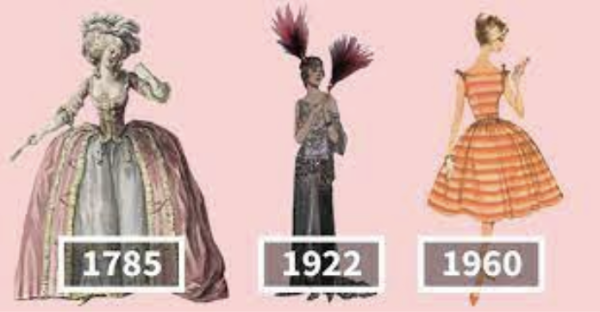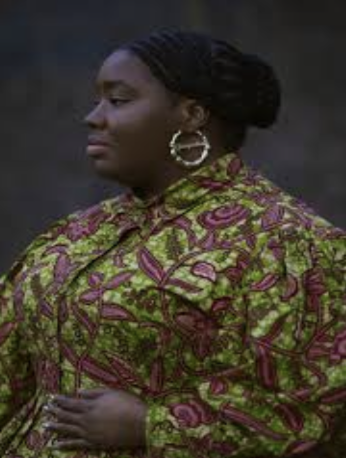It’s March! That means that it is Women’s History Month!
Women’s fashion history is a beautiful journey that reflects the roles and attitudes of and about women throughout history. There has always been a period where history has brought its distinctive style and trends.
The Victorian Era, spanning the 19th century, was marked by shifts in cultural attitudes and norms, particularly in women’s fashion. During this period we saw the rise of women wearing elaborate gowns and tightly laced corsets, symbolizing the societal ideas of feminity and modesty.
The 1920s brought about the flappers, challenging the traditional gender roles and showing a bold fashion sense. Then, in the 1960s, the rise of the feminist movement sparked a radical shift in fashion, inspiring women to wear more comfortable and practical clothing styles, including jeans. This shift represented greater freedom for women. Society’s responses to the changes in women’s fashion have varied, showing the changes in attitudes and values.

In my opinion, there has been little initial resistance to changes in women’s fashion. Millions of women have applied their fashion over time to make a statement. Today, women are free to express themselves in a range of diverse styles, showing our unique identities.
As we celebrate Women’s History Month, it’s important to recognize how women’s fashion has evolved with their social, political, and cultural advancements.